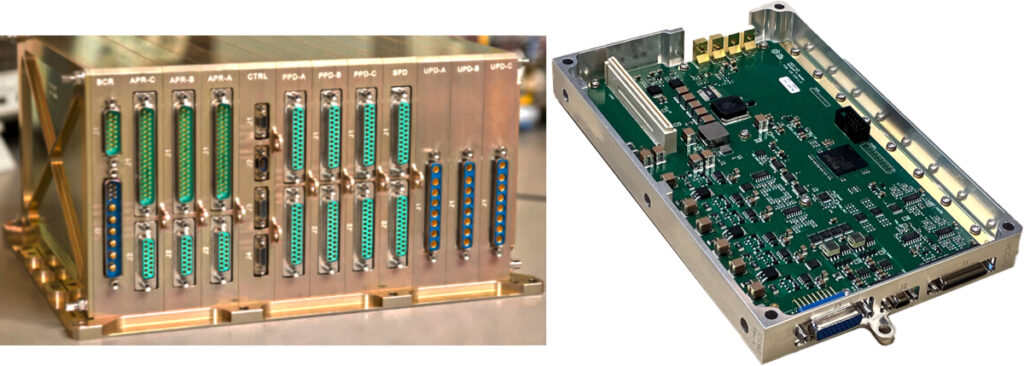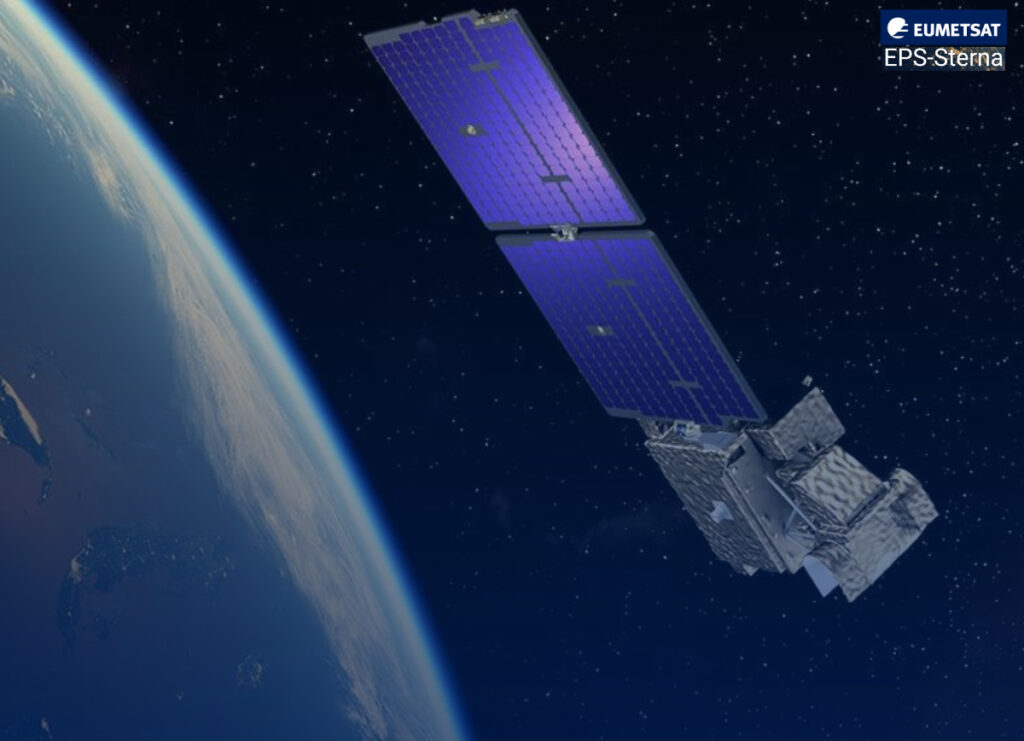
AAC Clyde Space’s technology onboard the European Space Agency’s (ESA) Arctic Weather Satellite (AWS) has received strong praise for its performance, marking an important milestone towards the future EPS-Sterna constellation.

The satellite, launched in 2024, carries a cutting-edge microwave radiometer developed by AAC Clyde Space’s subsidiary AAC Omnisys in Gothenburg, as well as the spacecraft’s “brain” and “heart”—the SIRIUS avionics and STARBUCK power system—both flagship, high-volume products developed and produced at AAC Clyde Space’s facility in Uppsala.
The Arctic Weather Satellite (AWS) is a prototype mission designed to demonstrate how high-quality atmospheric data can be delivered quickly and cost-effectively to improve short-term weather forecasting, particularly over the Arctic. ESA has now confirmed that AWS is performing on par with larger, traditional weather missions—a significant validation of the New Space approach and of AAC Clyde Space’s advanced technology.
AWS forms the basis for the proposed EPS-Sterna program, a constellation of Weather Satellites planned by EUMETSAT. The constellation would dramatically improve temporal coverage of microwave weather observations, benefiting both regional and global forecasts. A decision on the program is expected in the second half of 2025.

ESA and leading European meteorological institutions have confirmed the performance of the AWS radiometer, including its novel 325 GHz sounding channel—a frequency never before used for operational weather forecasting. The data have already shown measurable benefits for short-term forecasting, especially in Arctic regions where weather can change rapidly.

In February of 2025, AAC Clyde Space announced that the company had received an order from OHB Sweden to procure key instrument components for the EPS-Sterna program. These long lead-time components will be delivered by the end of 2025, with a total order value of 1.0 million euros. The procurement is part of a risk mitigation measure by EUMETSAT to ensure timely deployment of the initial constellation.
We are proud to see our advanced technology helping shape the future of weather forecasting. This recognition from ESA reinforces our position at the forefront of space-based weather intelligence,” said Luis Gomes, CEO of AAC Clyde Space.
About the EPS-Sterna Program
The EPS-Sterna Program is a new EUMETSAT mission that will develop a comprehensive system, including a constellation of small satellites, launcher services, and the ground segment necessary for 13 years of operations. The mission aims to complement microwave sounding observations from Metop-SG and NOAA JPSS polar-orbiting meteorological satellites, improve the accuracy of global Numerical Weather Prediction (NWP) models by increasing microwave
